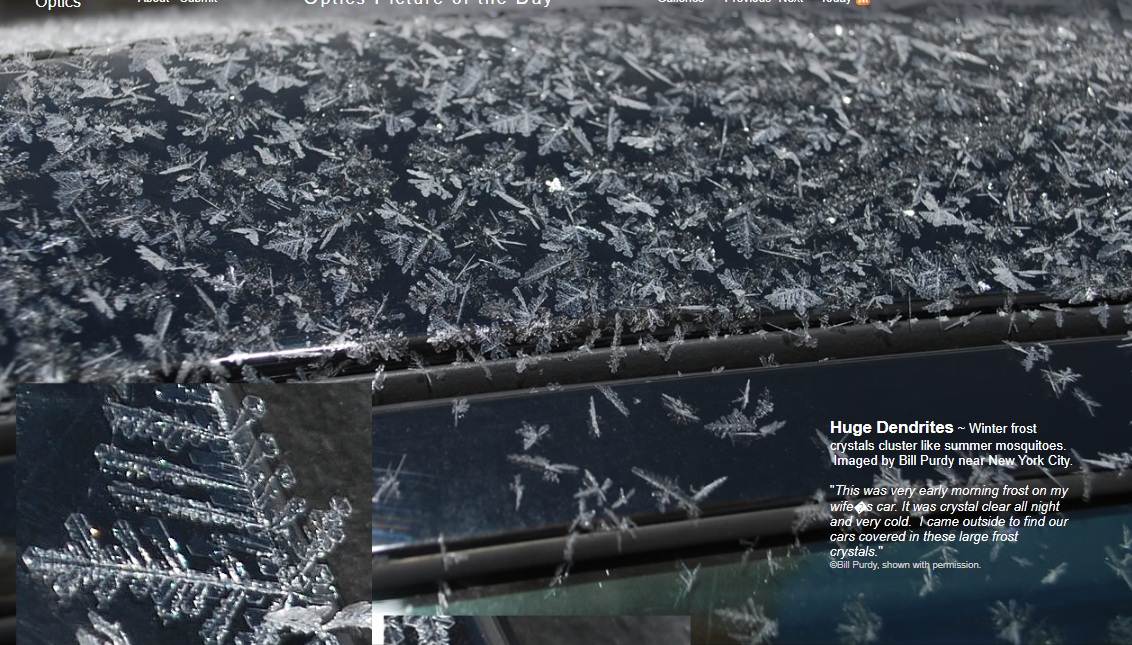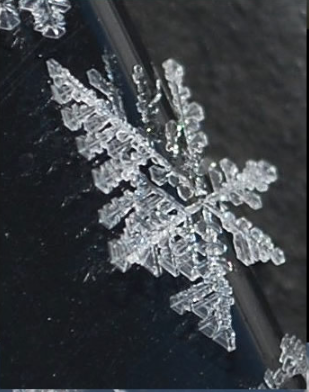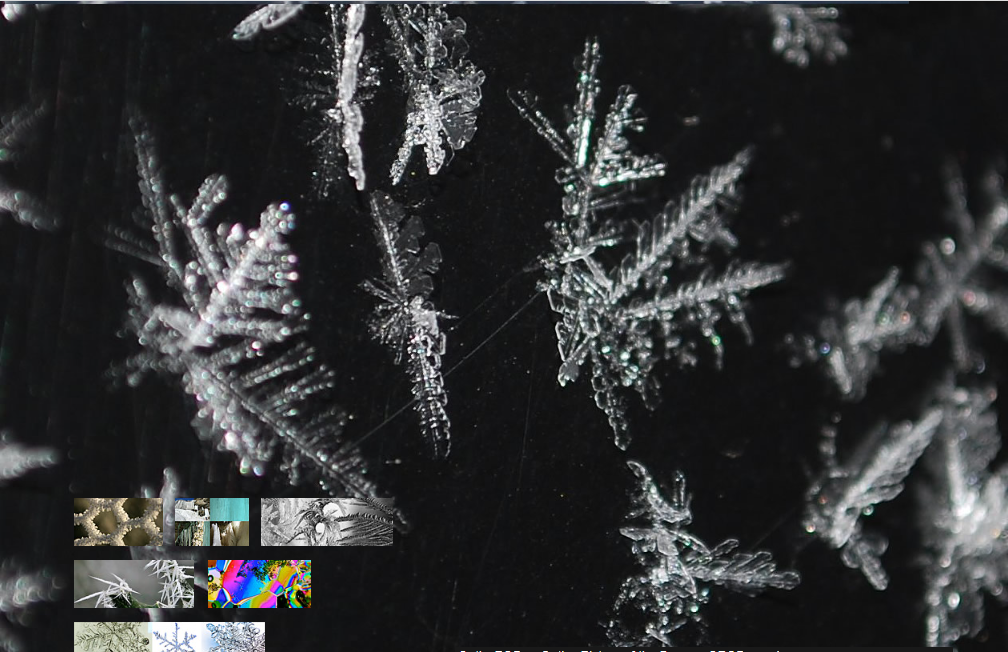OPOD - Frost Mosquitoes
OPOD - Frost Mosquitoes: Exploring the Fascinating World of Winter Frost Crystals
Have you ever woken up to find your car covered in beautiful, intricate frost crystals resembling a swarm of summer mosquitoes? These stunning formations, known as hoar frost, are a captivating phenomenon that occurs when a surface is cooled at night by radiation to a clear dark sky. In this blog post, we will delve into the mesmerizing world of winter frost crystals, uncovering the science behind their formation and the factors that contribute to their unique shapes.
Bill Purdy, a resident near New York City, recently captured an incredible image of large frost crystals on his wife's car. The crystals were remarkably well separated, suggesting that the car surface had been thoroughly cleaned and had few nuclei for crystal growth. This observation highlights an interesting aspect of hoar frost formation: water vapor molecules attach to cold growth nuclei and initiate crystal growth directly from the vapor phase. When a surface is free from contaminants and nucleation sites, the resulting frost crystals can grow more distinctly and exhibit intricate patterns.
The structure of hoar frost crystals is quite fascinating. While everyday ice has hexagonal symmetry, these crystals display intricate tree-like shapes. This unique morphology arises from the slow overnight growth along the three main 'a' axes of the crystal lattice. Growth along the hexagonal prism axis, known as the 'c' axis, is partially inhibited because it would lead towards warmer air away from the cold car roof. As a result, the crystals develop elongated branches resembling delicate winter trees or, as Bill Purdy aptly described them, "frost mosquitoes."
The growth of hoar frost crystals is heavily influenced by temperature and humidity conditions. For these intricate formations to occur, several factors must align perfectly. First and foremost, the surface must be exposed to a clear dark sky during cold winter nights. This allows for efficient radiative cooling, causing the surface temperature to drop significantly. Additionally, a high level of humidity in the surrounding air is crucial, as it provides an abundant source of water vapor for crystal growth. When these conditions are met, the stage is set for the creation of nature's own masterpiece.
The formation of hoar frost crystals not only depends on external factors but also on the characteristics of the surface itself. A clean and smooth surface provides fewer nucleation sites for crystal growth, resulting in more distinct and separated crystals. On the other hand, a rough or contaminated surface can lead to the formation of frost flowers or fern-like patterns. These delicate formations arise when ice crystals extrude from existing frost crystals, creating intricate structures that resemble frozen vegetation.
It is important to note that frost mosquitoes, like all atmospheric optical phenomena, are temporary and transient. They can be easily disrupted by external factors such as wind or sunlight. As the day progresses and temperatures rise, the frost crystals begin to melt, leaving behind only memories of their ethereal beauty.
In conclusion, the world of winter frost crystals is a captivating realm filled with intricate formations and awe-inspiring patterns. From the delicate branches resembling frost mosquitoes to the fern-like frost flowers, each crystal tells a unique story of temperature, humidity, and surface conditions. So, the next time you wake up to find your car covered in these enchanting creations, take a moment to appreciate the ephemeral beauty of hoar frost and the marvels of nature's artistry.

Huge Dendrites ~ Winter frost crystals cluster like summer mosquitoes. Imaged by Bill Purdy near New York City.
"This was very early morning frost on my wife�s car. It was crystal clear all night and very cold. I came outside to find our cars covered in these large frost crystals."
©Bill Purdy, shown with permission.


That the crystals were well separated hints that the car surface was recently well cleaned and had few nuclei on which crystal growth could start. Hoar frost forms when a surface is cooled at night by radiation to a clear dark sky. Water vapour molecules attach to cold growth nuclei and commences crystal growth directly from the vapour phase.
Ice - everyday ice '1h' - has hexagonal symmetry and these crystals have grown very slowly overnight along the directions of the crystals' three main 'a' axes to give the tree-like shapes. Growth along the hexagonal prism axis - the 'c' axis - was partly inhibited because that would be towards warmer air away from the cold car roof.


Note: this article has been automatically converted from the old site and may not appear as intended. You can find the original article here.
Reference Atmospheric Optics
If you use any of the definitions, information, or data presented on Atmospheric Optics, please copy the link or reference below to properly credit us as the reference source. Thank you!
-
<a href="https://atoptics.co.uk/blog/opod-frost-mosquitoes/">OPOD - Frost Mosquitoes</a>
-
"OPOD - Frost Mosquitoes". Atmospheric Optics. Accessed on November 26, 2024. https://atoptics.co.uk/blog/opod-frost-mosquitoes/.
-
"OPOD - Frost Mosquitoes". Atmospheric Optics, https://atoptics.co.uk/blog/opod-frost-mosquitoes/. Accessed 26 November, 2024
-
OPOD - Frost Mosquitoes. Atmospheric Optics. Retrieved from https://atoptics.co.uk/blog/opod-frost-mosquitoes/.